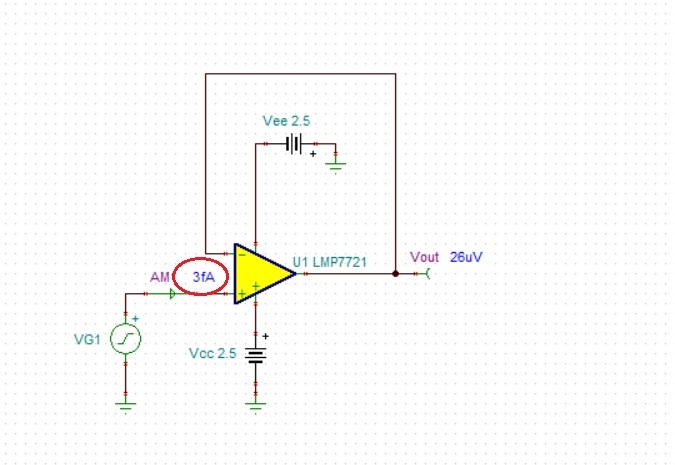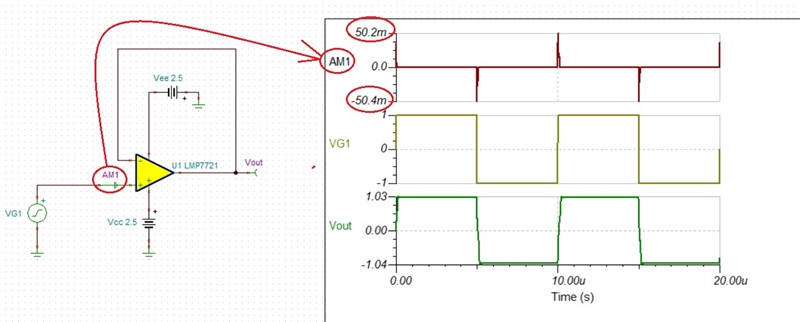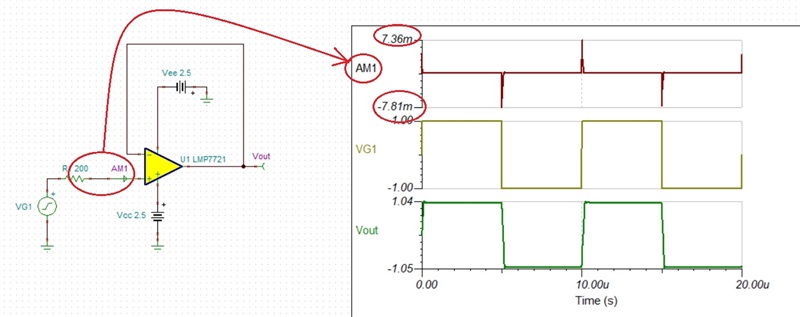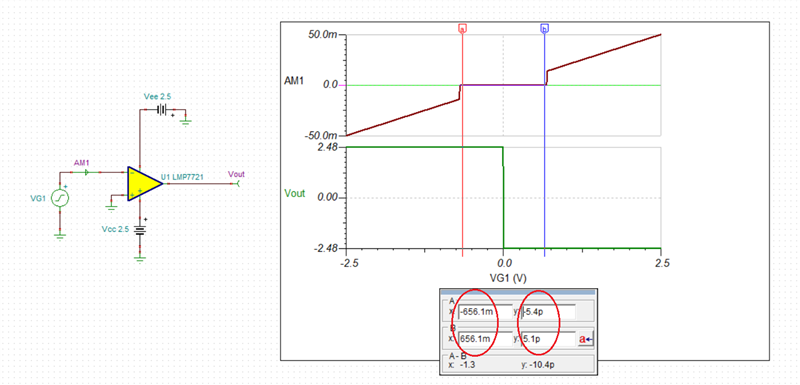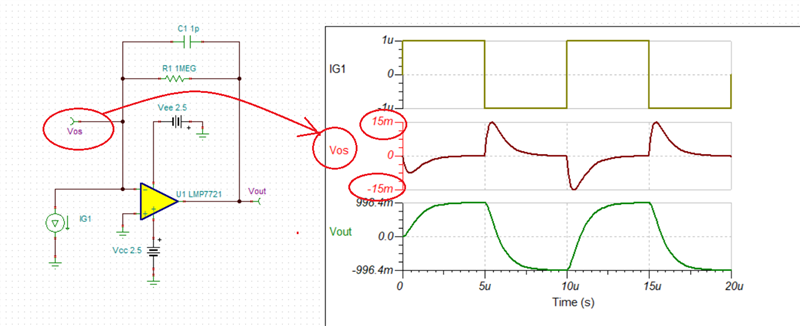Other Parts Discussed in Thread: TINA-TI
Hello,
Was hoping to ask for some clarifications to section 7.3.7 Input Protection of the LMP7721 datasheet (p. 17). Specifically having troubles with comprehending the significance of the sentence "These diodes can conduct current when the input signal has a really fast edge, and, if necessary, should be isolated (using a resistor or a current follower) in such cases.". Does this entail that if the signal I am inputting into the -IN pin is a square wave (leaving +IN to ground), would I expect more current leakage and therefore noise to be generated from the LMP7721?
For context, I am modulating a photodiode to generate a square wave (blinking an LED over the photodiode).
Thank you for taking the time to read my inquiry.
Link to datasheet below:



